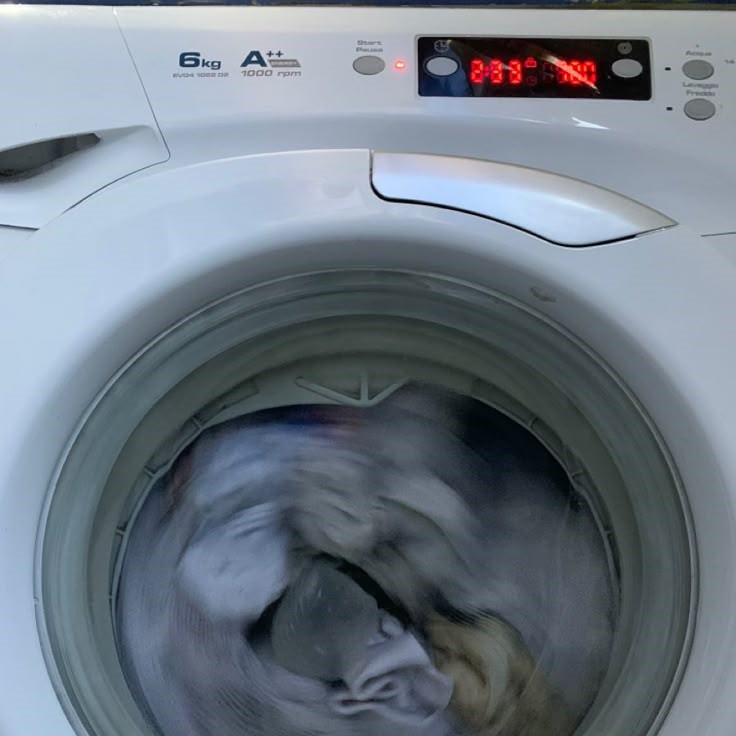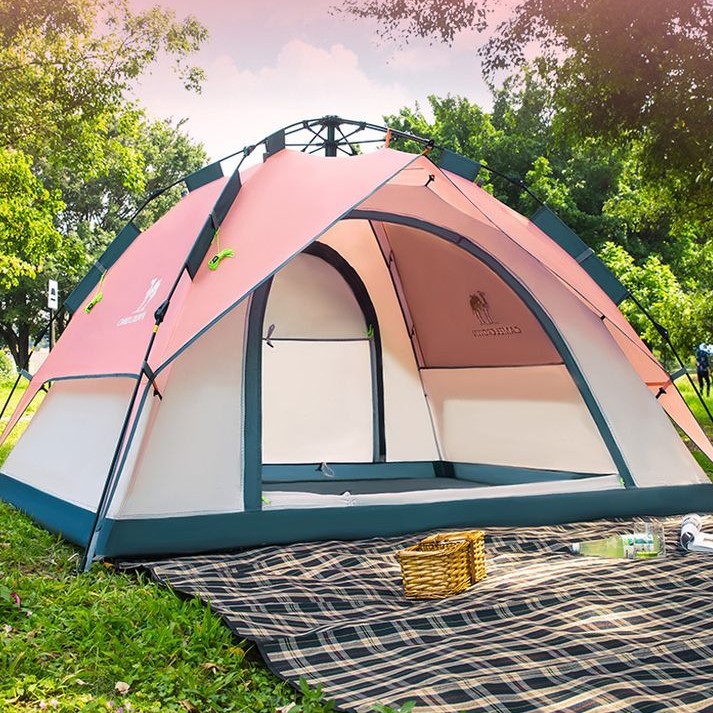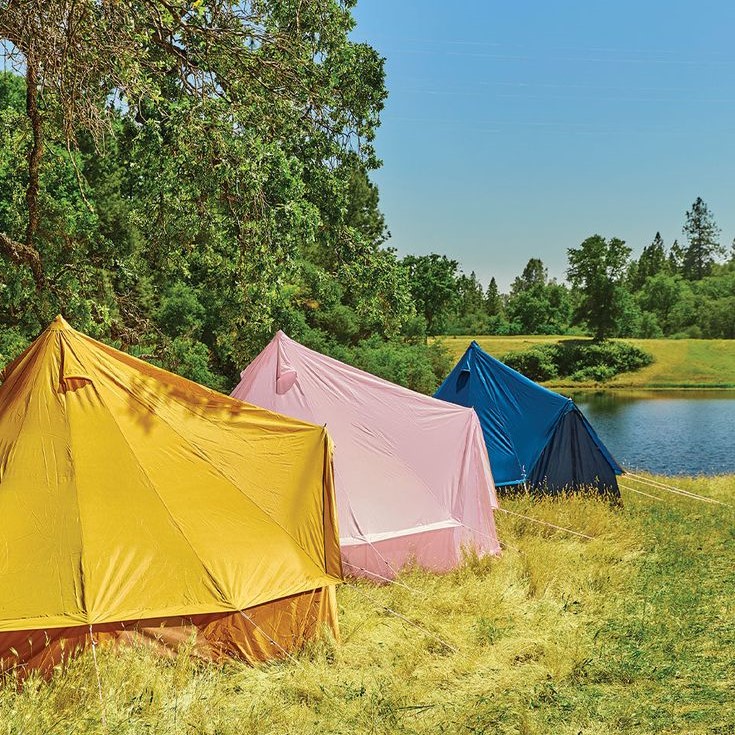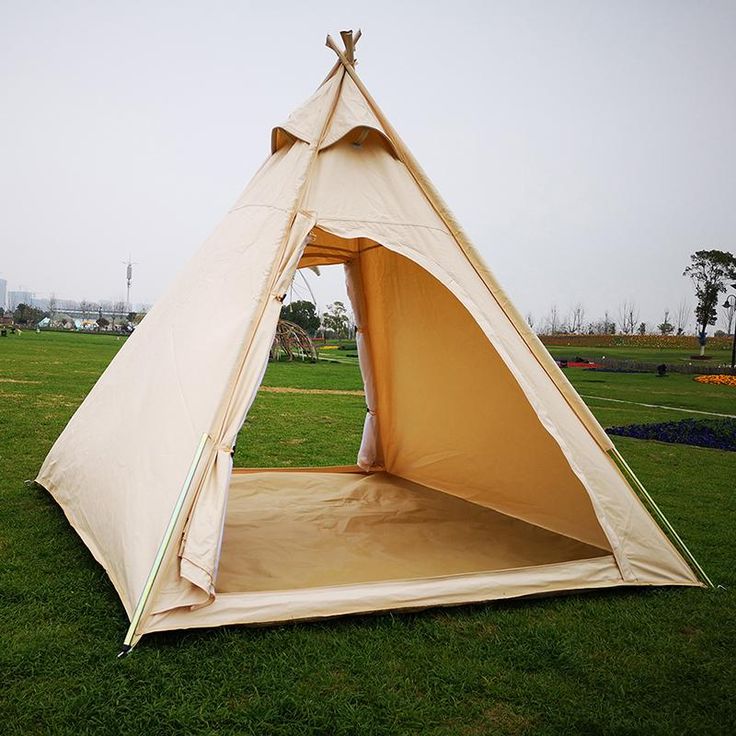The Risks of Machine Washing Tents
Can you wash a tent in the washing machine? When considering whether you can wash a tent in a washing machine, it is important to recognize the potential risks involved. Tents are designed to be both lightweight and durable, but the agitation and spinning cycles in a machine can be too harsh for their delicate fabrics and seams. Here are the key risks associated with machine washing tents:
- Material Damage: The washing machine’s aggressive agitation can tear lightweight tent materials or rip seams.
- Waterproof Coating Wear: Most tents have a waterproof coating that can deteriorate from the harsh environment inside a washing machine.
- Shape Distortion: Tents can lose their shape after being tossed around inside a drum, affecting their effectiveness.
- Component Damage: Tent poles, zippers, and other hardware can be damaged or cause damage to the tent fabric in a machine.
This is why manufacturers often advise against machine washing and suggest alternative cleaning methods to preserve the longevity of the tent. Opting for hand washing and spot treatment can be much safer for your tent’s overall condition. Each of these risks should be seriously considered before deciding how to clean your equipment, as they could lead to a need for repairs or even replacement, negating any convenience gained by machine washing.

Recommended Cleaning Practices for Tents
Given the risks of machine washing, how should you clean your tent? Follow these recommended practices to ensure the longevity and performance of your shelter.
- Hand Washing: The safest method is by hand. Fill a tub with cold to lukewarm water and use a mild, non-detergent soap.
- Spot Cleaning: For minor soiling, use a sponge or cloth. Spot clean with a gentle soap solution, targeting only the dirty areas.
- Rinsing Thoroughly: After cleaning, rinse the tent several times. Ensure all soap residue is gone to maintain the tent’s waterproofing.
- Gentle Scrubbing: If dirt persists, scrub lightly with a soft brush. Be gentle to avoid damaging the fabric or coating.
- Air Drying: Never use a dryer. Set up the tent or hang it in a shaded, breezy area until completely dry.
- Avoiding Harsh Chemicals: Stay away from bleach and strong detergents. These can break down the tent’s materials.
By adhering to these simple recommendations, ‘can you wash a tent in the washing machine?’ becomes less of a concern as you cultivate proper tent cleaning habits that protect your investment.
Step-by-Step Guide to Hand Washing a Tent
Given that machine washing can cause significant damage to a tent, hand washing is the safest alternative. Following a step-by-step guide will make the process easier and help ensure that your tent remains in good condition. Here is a straightforward guide to hand washing your tent effectively:
- Prep Your Tent: Empty the tent of all contents. Shake it to remove loose dirt or debris.
- Fill a Tub: Use a large tub or basin. Fill it with cold to lukewarm water.
- Add Soap: Mix in a small amount of mild, non-detergent soap. Avoid strong chemicals.
- Submerge the Tent: Gently lay the tent in the water. Press it down to ensure it’s fully submerged.
- Clean Gently: Use a soft sponge or cloth to lightly clean the fabric. Target soiled areas specifically.
- Rinse Thoroughly: Refresh the water as needed and remove all soap by rinsing several times.
- Dry the Tent: After rinsing, gently shake off excess water. Hang the tent in a shaded area until it’s completely dry.
Throughout the cleaning process, remember that gentle handling is crucial. Avoid scrubbing aggressively or twisting the fabric, as this can stretch or tear the material. By following this guide, you can wash your tent without the risks associated with machine washing. Next, we will explore how to identify your tent’s specific material and care instructions to ensure you’re using the right cleaning techniques for your gear.
Identifying the Tent Material and Care Instructions
Before you wash your tent, it’s important to know what it’s made of. Different materials need different care. Look for a label or manual that came with your tent. This will have care instructions specific to the tent’s fabric and coatings. Tents often use materials like nylon, polyester, or canvas. Each has its own cleaning needs.
- Nylon and Polyester Tents: These are common materials. They are usually lightweight and have a waterproof finish. Treat them gently to keep them in good shape.
- Canvas Tents: Canvas is heavier and may need a special cleaner. It can shrink if not cared for correctly.
Here’s what to do once you know your tent’s material:
- Check the Label: Look for washing instructions or symbols. Follow them carefully.
- Read the Manual: If there’s a manual, it might have more detail on how to clean your tent.
- Research Online: Sometimes you can find care tips from the manufacturer’s website.
- Use Mild Soap: Regardless of material, a soft, non-detergent soap is usually safe.
- Spot Test: Test a small soap patch first to check for color or material reactions.
Identifying the material and following the manufacturer’s care instructions can prevent damage. This will keep your tent in top condition for all your adventures.
Tips for Drying and Storing Your Tent
After you wash your tent, drying and storing it correctly is crucial. Here are some tips to help you keep your tent in the best condition after cleaning:
Air Dry Completely
- Thorough Drying: Before storing your tent, it’s crucial to ensure that it is completely dry. Any lingering dampness can create a favorable environment for mold and mildew to develop, which can compromise both the tent’s material and your health during future uses.
- Time for Drying: Depending on the weather and humidity levels, allow sufficient time for the tent to air dry. It’s best to leave it out until there are no signs of moisture.
Avoid Direct Sunlight
- Protection from UV Damage: While it is important for your tent to dry thoroughly, it is equally essential to keep it out of direct sunlight during the drying process. Prolonged exposure to strong UV rays can weaken the fabric’s fibers, leading to fade and potential damage over time.
- Finding a Shady Spot: Try to place the tent in a shaded area or under a tree to allow for adequate airflow while protecting it from harsh sunlight.
Spread Out the Tent
- Proper Layout: When drying, lay out the tent flat or hang it up to dry. Ensuring that the tent is spread out allows air to circulate freely, which helps in drying all parts effectively.
- Avoiding Folds and Creases: Pay special attention to avoid folding or creasing any sections of the tent. Creases can create weak points in the fabric, leading to tearing or stress during future use.
Choose a Dry, Cool Place
- Ideal Storage Environment: After drying, store the tent in a dry and cool location. Hot and humid areas can promote mold or mildew growth and may also cause the fabric to deteriorate more quickly than in a controlled environment.
- Evaluate Storage Conditions: Check the area where you plan to store your tent, ensuring it is free from moisture and excessive heat, such as near heating vents or inside a car that can heat up dramatically in the sun.
Loosely Pack the Tent
- Avoid Tight Packing: When preparing to store the tent, do not pack it too tightly. Packing it loosely allows air to circulate within the storage container, which helps to prevent odor, rot, and mildew build-up.
- Easy Access and Maintenance: A loose pack also makes it easier to set up the tent in the future, as it minimizes creases and maintains the fabric’s integrity.
Use a Storage Bag
- Utilizing the Original Bag: If your tent came with a storage bag, always use it for storage. These bags are typically designed to protect the tent from dust and dirt while providing ventilation.
- Alternative Bag Options: If you no longer have the original bag, opt for a cotton or mesh storage bag. Both materials will allow air to circulate and help to keep the tent dry and mildew-free during storage.
- Labeling for Convenience: Consider labeling the storage bag with the tent type and any essential information so you can quickly identify it when needed in the future.
Proper drying and storage can greatly increase your tent’s lifespan. It also means you are ready for your next outdoor adventure at a moment’s notice.
Alternatives to Washing: Spot Cleaning and Maintenance
When cleaning isn’t enough, other care steps can help. Spot cleaning and regular maintenance are key to keeping your tent in shape without full washing. Here are effective ways to maintain your tent between washes:
- Spot Cleaning: Tackle small dirty spots as soon as you see them. Use a soft cloth and mild soap. Rinse well.
- Wiping Down: After trips, wipe your tent. Use a damp cloth to remove dust and pollen.
- Dry Sweeping: Use a soft brush or broom to sweep out your tent. Do this before you pack it up.
- Air Out: Set up your tent at home after trips. Let it air out to prevent smells.
- Check for Repairs: Look for rips or holes. Fix these issues right away to avoid bigger problems.
- Zipper Care: Keep zippers free from dirt. Use a zipper lubricant occasionally to help them slide smoothly.
By staying on top of these tasks, you can often avoid needing to wash your tent in a machine. This preserves the tent’s fabric and coatings. With attention to spot cleaning and ongoing care, your tent can last for many adventures to come. Remember that preserving your tent’s quality is about regular checks and quick actions. It’s like caring for a car – it’s all about the routine maintenance.
When to Consider Professional Tent Cleaning Services
While regular maintenance and proper hand-washing techniques can keep your tent in good shape, there are times when professional services may be needed. Here are some situations where you should consider professional tent cleaning:
- After Intense Use: If your tent has seen a lot of use in harsh conditions, a deep clean may be due.
- Persistent Stains: Stains that resist spot cleaning might require professional expertise.
- Unpleasant Odors: Smells that linger even after airing out and cleaning could need more attention.
- Mold or Mildew: If you discover mold or mildew, pros have the right tools to remove it safely.
- Before Long-Term Storage: Getting your tent professionally cleaned before storing it for a while can be wise.
- Post Wildlife Encounter: If animals have marked or entered your tent, professionals can sanitize it.
Professionals have the right knowledge and equipment to clean tents without damaging them. They use techniques that protect your tent’s material, seams, and waterproof coatings. If you decide to go this route, make sure you choose a service with experience in outdoor gear. Explain how you’ve used your tent and share any specifics about its material and past cleanings. With expert help, your tent gets the care it needs to last for many more trips.
Preserving Your Tent’s Longevity with Proper Care
Taking proper care of your tent isn’t just about cleaning; it’s about overall maintenance. By engaging in routine upkeep and handling your tent with care, you can significantly extend its lifespan. Here is a summary of best practices to ensure that your tent serves you through many camping seasons.
- Regular Inspections: Before and after each use, check your tent for any signs of wear or damage. Address small issues before they become major problems.
- Gentle Use: Be gentle when setting up and taking down your tent. This prevents unnecessary stress on the materials.
- Environment Awareness: Set up your tent on soft ground and keep it away from direct fire or heat sources.
- Proper Folding: Fold the tent differently each time to avoid creating permanent creases that can weaken fabric over time.
- Avoid Damp Storage: Store your tent only when it’s completely dry. Even slight dampness can cause mold and fabric decay.
- Reproofing When Needed: The waterproof coating on your tent may wear off with time. Apply a new coat of waterproof treatment as necessary.
- No Harsh Chemicals: Use soaps and cleaners that are meant for tents. Harsh chemicals can damage the material.
By sticking to these easy yet essential care steps, ‘can you wash a tent in the washing machine?’ is no longer a risk you’ll have to consider. A hands-on approach to tent maintenance is the surest way to preserve its condition and functionality. Remember, a well-cared-for tent is an investment that keeps rewarding you with safe and comfortable outdoor experiences.
Conclusion: Making Informed Decisions About Tent Care
In conclusion, answering the question “Can you wash a tent in the washing machine?” involves weighing pros and cons alongside available alternatives. Although feasible under certain circumstances, safer methods like handwashing or utilizing dedicated cleaning products ensure minimal risk to your investment. Remember, keywords like can you wash a tent in the washing machine guide discussions toward practical solutions prioritizing tent preservation. With thoughtful attention to detail, your camping experiences remain comfortable and enjoyable year-round.



